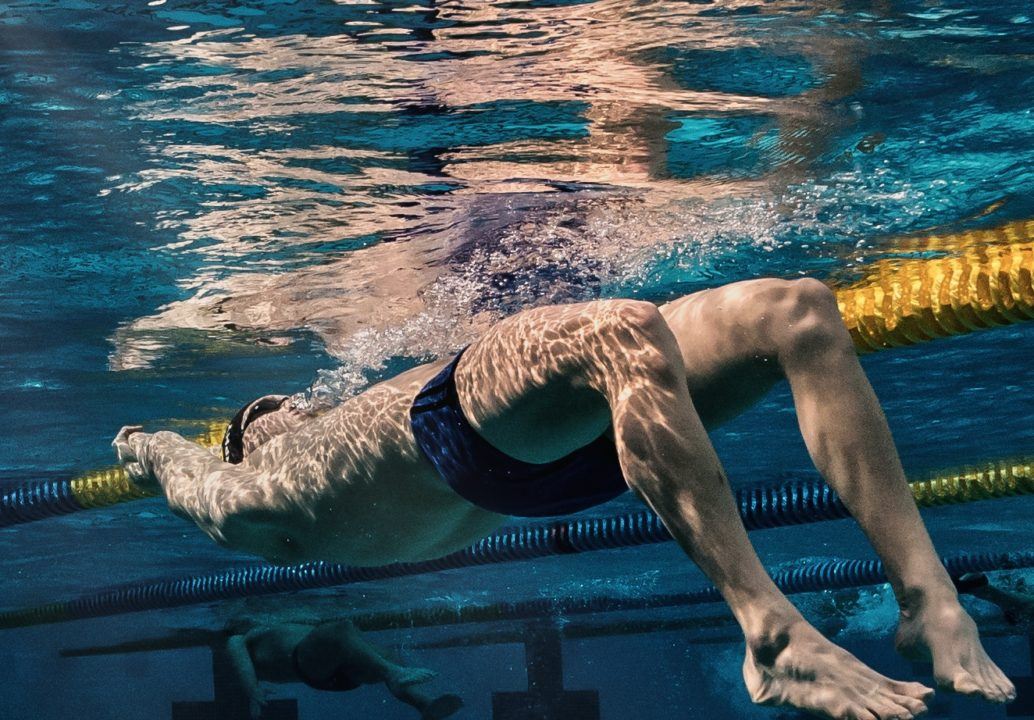Stretching can improve circulation, muscle flexibility, range of motion, and consequently, help athletes perform better in workouts and in competition. When exercising, muscles repeatedly flex and contract. Stretching causes muscles to lengthen and relax, resulting in the ability to maximize muscle engagement in the next workout. Stretching also boosts the body’s circulation by increasing blood flow throughout the body.
Better blood circulation will increase the supply of nutrients throughout the body and aid with the removal of harmful waste from the body’s muscle tissues, which can ultimately accelerate recovery time. Finally, joint range of motion can be improved with stretching as well. This increased range of motion enables athletes to perform more dynamic tasks and improve technique in sport-specific areas. No matter what exercise background athletes come from, stretching is a universal weapon that can increase athletic development, and one that many elite athletes have adapted into their daily workout regimens.
Here are a few tips to help optimize an athlete’s stretching efforts:
Stretching should not hurt.
Athletes shoud stretch until they can feel it, and even a bit more, but not to the point of pain.
Breathe.
Athletes often get distracted when focusing on stretching, and end up holding their breath. Athletes should continue to breathe steadily and deeply, allowing their muscles to relax, and attempt to stretch further than they did the day before.
No bouncing.
Stretching is a steady process. Unlike other forms of exercise it is gauged in seconds, not repetitions. Move smoothly and avoid any pulsing movements.
To make stretching more interactive athletes can simply add a stability ball, or a foam roller. Ball stretching can involve lying on one’s back with arms out to the sides to stretch your chest, placing the ball under the lower back to stretch your abs, and curling your body around the ball (stomach down) to release your lower back. If you can’t touch your toes yet, use an elastic band around your feet with either end of the band in your hands to make up the difference. Foam rolling is another great way for athletes to release muscle tension, and speed up the recovery process. For more information on foam rolling the benefits can be found here.
Recap
Athletes that incorporate stretching into their daily routine experience numerous benefits related to performance. Improved circulation, flexibility, and increased range of motion all aid in muscle recovery, therefore, better preparing you for your next workout. When utilized on a consistent basis, stretching improves overall health and greatly assists in recovery, which directly affects the level in which an athlete can train and compete.
Check out another Bridge post on stretching the Benefits of Stretching Beyond your Training.
About BridgeAthletic
 BridgeAthletic works with elite professional, collegiate, and club swimming programs to provide a turnkey solution for dryland training. Led by our Bridge+EXOSPerformance Team, our team builds stroke-specific, custom-optimized dryland programs for each of our clients. The individualized workouts are delivered directly to athletes via our state of the art technology platform and mobile applications.
BridgeAthletic works with elite professional, collegiate, and club swimming programs to provide a turnkey solution for dryland training. Led by our Bridge+EXOSPerformance Team, our team builds stroke-specific, custom-optimized dryland programs for each of our clients. The individualized workouts are delivered directly to athletes via our state of the art technology platform and mobile applications.
“Tune into Powering Performance brought to you by Bridge to get an inside look into what make these Pro organizations great.”
Courtesy of BridgeAthletic, a SwimSwam partner.


Stretching is very good for INJURY PREVENTION, not rehabilitation. Something a lot of athletes get wrong is STRETCHING AN INJURED TISSUE before and after a workout. (Before reading the rest of what I write, recognize that “injury” is very different from general sorensss across the body)
Static stretching before a workout should never be done unless you lack the range of motion to complete an exercise without it. Even then, it might be a better idea to work your body up to this required range of motion by heating your cells through a warmup and heat pack, rather than brute force elongating then.
Developing an injury over the course of a workout is common in our sport. Swimming is… Read more »
There’s actually a number of meta-analyses and systematic reviews showing stretching before and after exercising does not prevent injury, decrease muscle soreness, improve recovery, or increase athletic performance. Actually several of them show the opposite effects and recommend stretching ‘away’ from exercise.
Which stretching is best, static or dynamic
Dynamic before a workout, static after. Static stretching before a workout has been shown to significantly decrease your body’s performance (5-10% depending on which spices you cite).
Not convinced stretching increases performance when done before practice/race. Need more evidence.
Depends. For example, I have rather tight shoulders and also had surgery on one of them one year ago. I need some stretching as a part of warmup before swimming to get enough range of motion and to be able to swim with proper technique and without pain or discomfort. If you don’t lack flexibility, dynamic warmup should be enough to prepare yourself for action.
It doesnt, some studies show it actually decreases it. Here’s one of many papers you can find https://search.proquest.com/docview/213114027?pq-origsite=gscholar
Dara Torres is a great example
Best injury preventer. I do all time. I am 31. Ryan Lochte, Matt Grevers must do streching all time,every day before and after training..